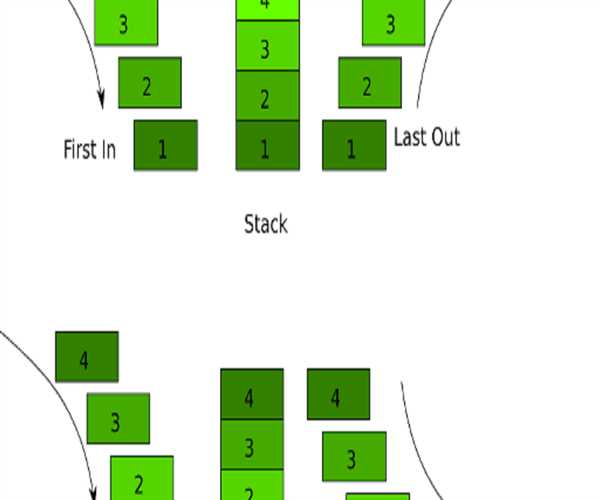A queue and a stack are two fundamental data structures used in computer science to store and manage collections of data. Although they share some similarities, there are important differences between the two structures that make them better suited for different applications.
A queue is a data structure that works on a first-in, first-out (FIFO) basis, meaning that the first element added to the queue is the first element to be removed. New elements are added to the back of the queue, while elements are removed from the front of the queue. This makes a queue ideal for managing processes that need to be executed in the order in which they were received. For example, a printer spooler may use a queue to manage the documents waiting to be printed, ensuring that they are printed in the order in which they were received.

On the other hand, a stack is a data structure that works on a last-in, first-out (LIFO) basis, meaning that the last element added to the stack is the first element to be removed. New elements are added to the top of the stack, while elements are removed from the top of the stack. This makes a stack ideal for managing processes that need to be executed in reverse order. For example, a web browser may use a stack to manage the pages that the user has visited, allowing the user to navigate back to previous pages by popping them off the top of the stack.
One of the key differences between a queue and a stack is the way that elements are added and removed. In a queue, elements are added to the back of the queue and removed from the front of the queue, while in a stack, elements are added to the top of the stack and removed from the top of the stack.
Another difference is the way that the two structures are used. A queue is typically used for managing processes that need to be executed in the order in which they were received, while a stack is typically used for managing processes that need to be executed in reverse order. However, both structures can be used in a wide variety of applications, and their suitability will depend on the specific requirements of the application.
In terms of implementation, queues and stacks can be implemented using a variety of data structures, such as arrays or linked lists. Arrays are generally more efficient for implementing stacks, as they provide constant-time access to the top element of the stack. Linked lists are generally more efficient for implementing queues, as they provide constant-time access to both the front and back of the queue.
In summary, while both queues and stacks are fundamental data structures used in computer science, they differ in their order of operation, the way that elements are added and removed, and their suitability for different applications. Understanding the differences between these two structures is important for choosing the right data structure for a given application.